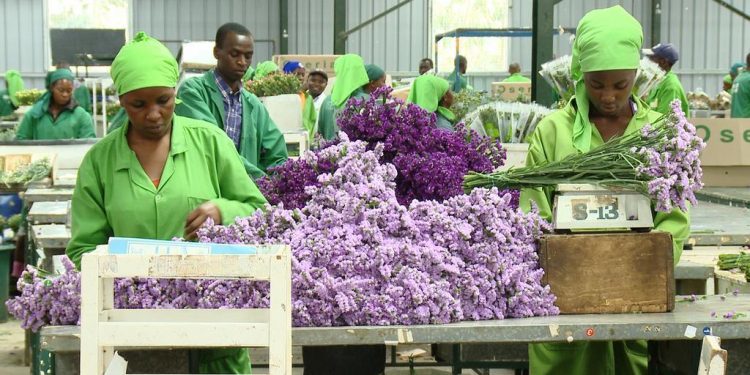Kenya’s horticulture earnings declined to KES 120.26 billion in 2022, a 9.7% decline compared to KES 133.23 billion reported in the previous year.
The decline was attributed to the rising inflation in main markets such as the Eurozone and the UK, which was eroding consumer purchasing power in the main destinations for cut flowers, fruits and vegetables amid weaker currencies.
According to preliminary data compiled by the Central Bank of Kenya, revenue from vegetable sales dropped by almost 25% to KES 27.34 billion, while the value of cut flowers decreased by 10.21% to KES 54.25 billion.
However, earnings from fruit exports increased by 4.19% to KES 38.67 billion in 2022, which was attributed to the opening of the China market to fresh avocados from Kenya.
The Kenya Flower Council, a lobby, described 2022 as a “horrible” year which had “worked against growers”, citing persistent inflationary pressures on households in Europe following the Russia-Ukraine war, as reported by Business Daily.
Consequently, the decline was also driven by a sharp fall in the value of the Sterling Pound and the Euro against the Kenyan shilling hurting the earnings of exporters.
The drop in earnings from horticulture exports is a blow to the government, which relies on export earnings for foreign exchange at a time Kenya’s trade deficit is rapidly growing, creating higher demand for foreign currency.
The government is, however, eyeing more markets, such as Far East Asia and the Arabian Gulf, to cut reliance on the European market.
Read also; Horticulture Earnings Drop to a 2-Year Low of KES 8.8 Billion in September.




